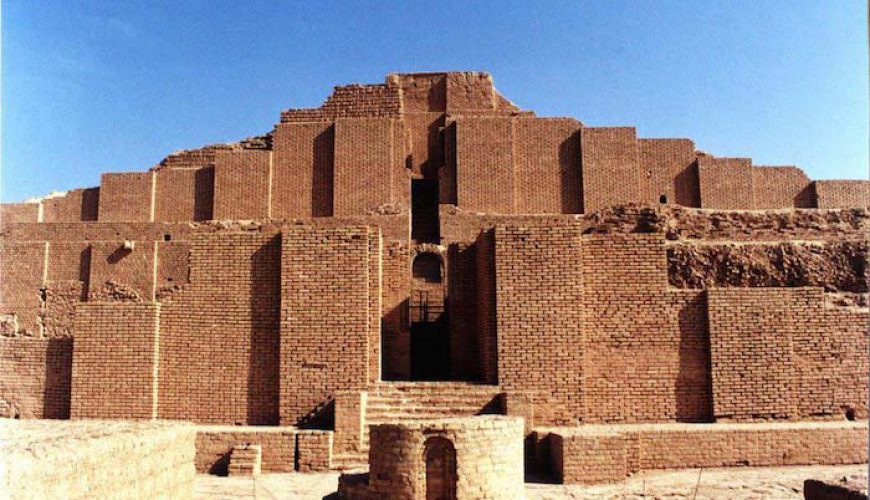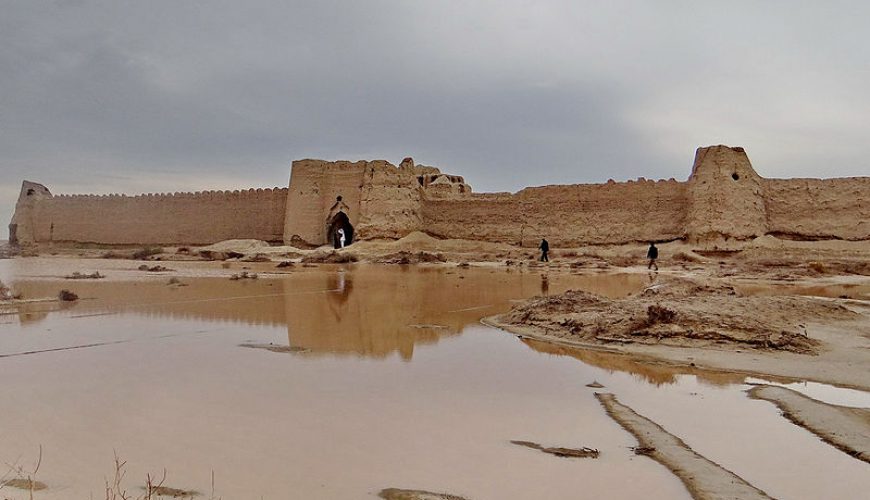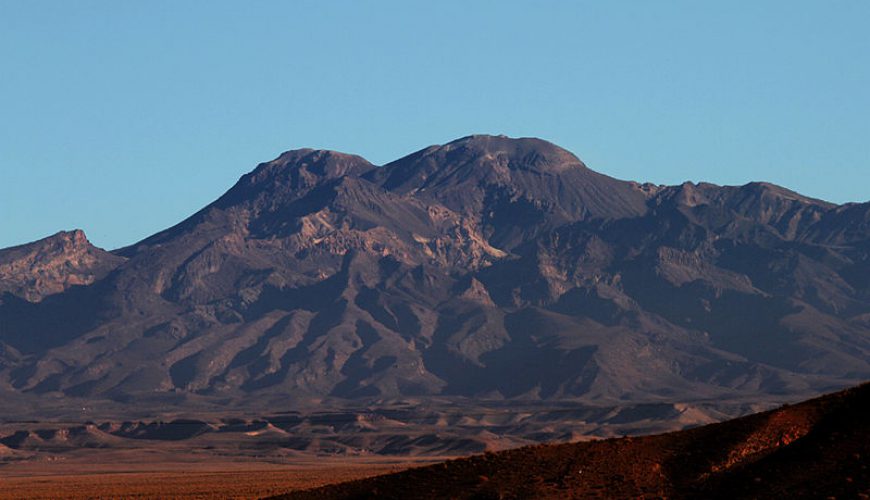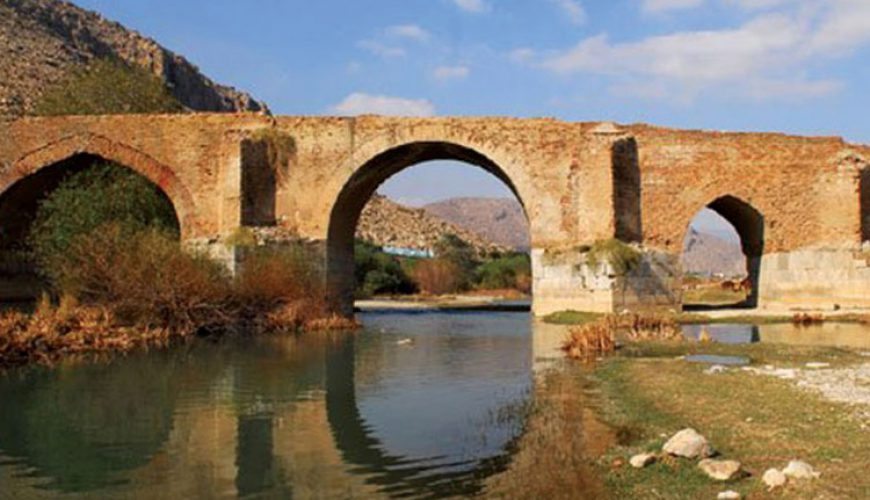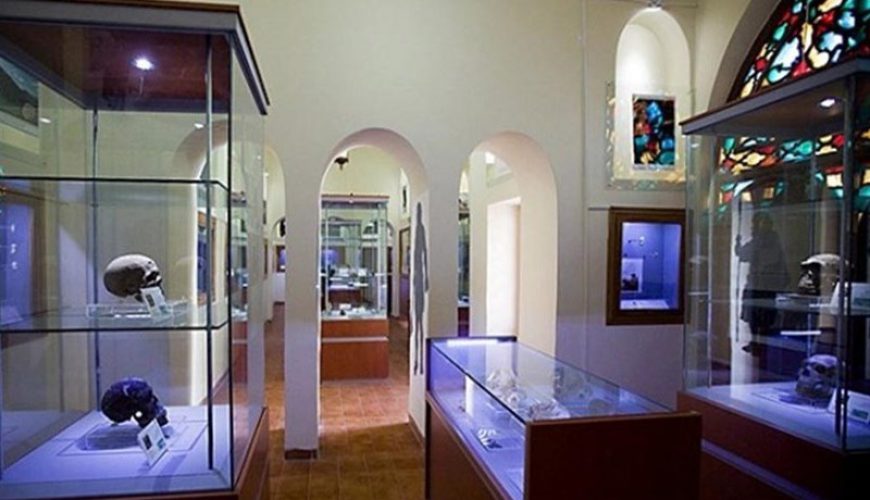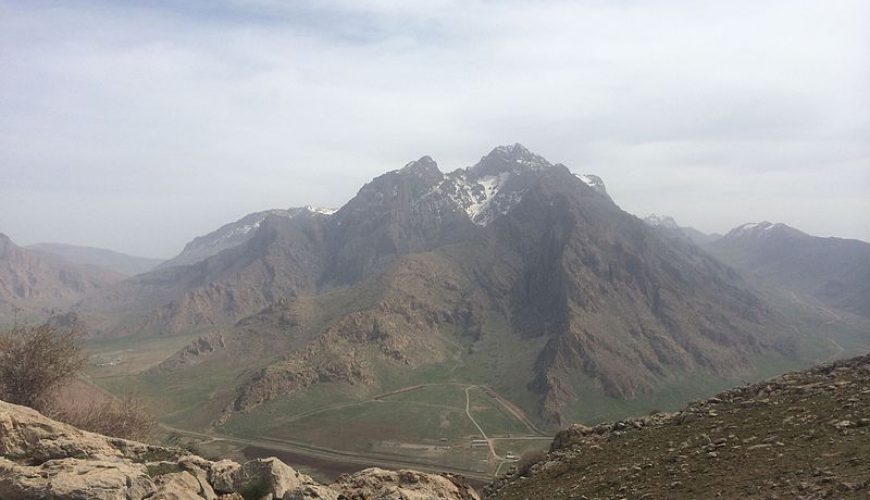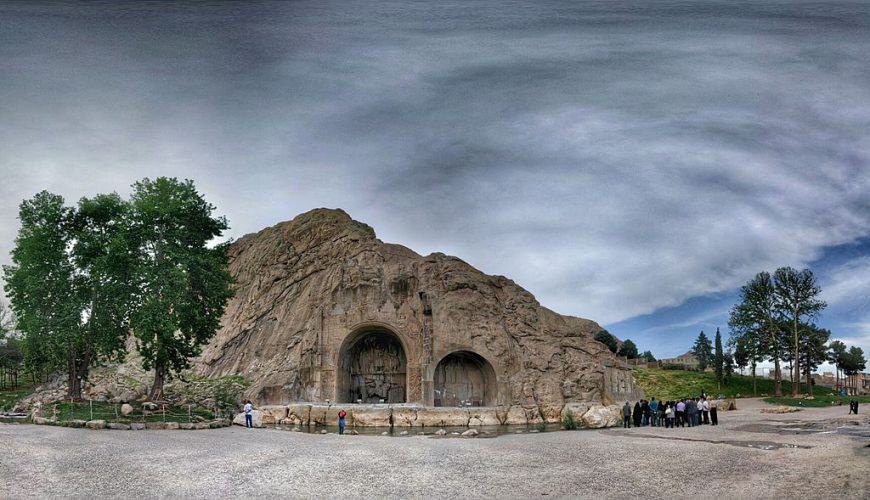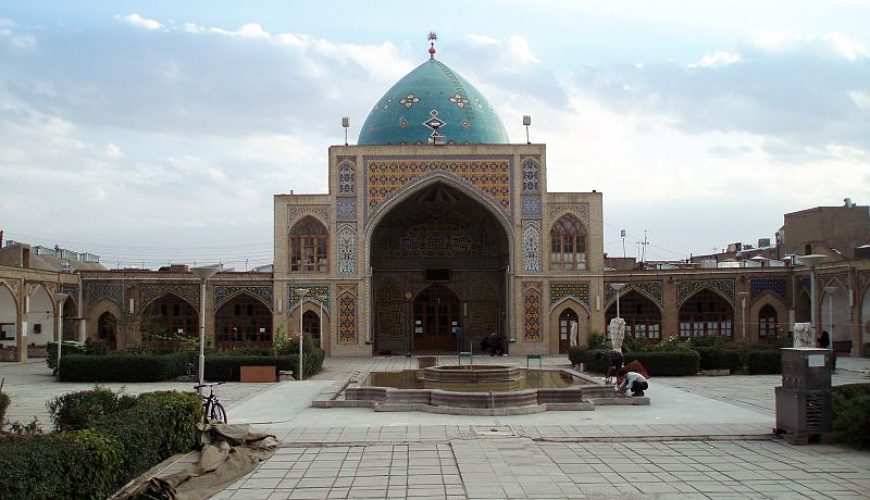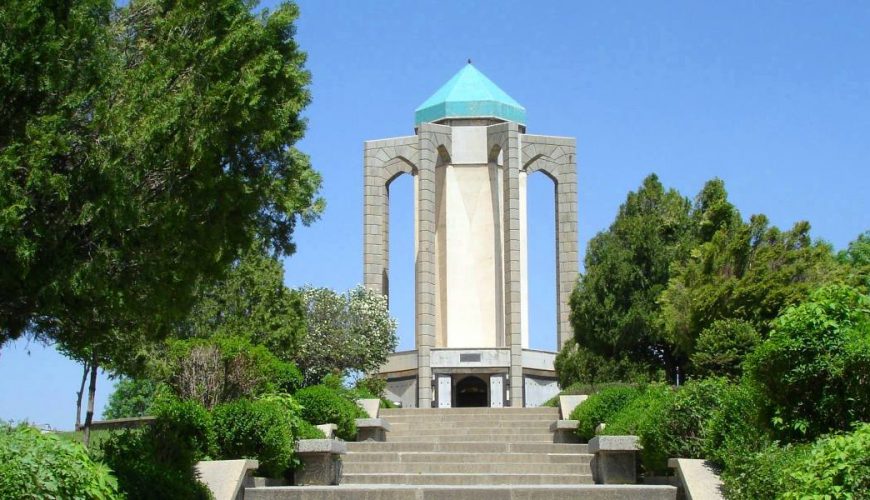Category: Iran tourist attractions
- Home
- Category: Iran tourist attractions
The Karun-3 dam is a hydroelectric dam on the Karun river located in the province of Khuzestan, Iran. It was built to help meet Iran’s energy demands as well as to provide seasonal flood control. The Karun river has the highest discharge slits and seasonal flooding in Iran. The Karun-3 power generators are connected to [...]
Read More
Located in ancient Elam (today Khuzestan province in southwest Iran), Tchogha Zanbil (Dur-Untash, or City of Untash, in Elamite) was founded by the Elamite king Untash-Napirisha (1275-1240 BCE) as the religious centre of Elam.iran tour The principal element of this complex is an enormous ziggurat dedicated to the Elamite divinities Inshushinak and Napirisha. It is [...]
Read More
Kooh-e-Khajeh is one of the most valuable and historical relics of Irann's southeastern province of Sistan and Balouchestan. This hillock is at an elevation of 900 m. and is located in the midst of the Hamoon (also Hamun) Lake, just like an island. On top of this hill are the remnants of a fire-temple and a [...]
Read More
Taftan is an active stratovolcano in south-eastern Iran situated in the Sistan and Baluchestan province. With variable heights reported, all around 4,000 metres (13,000 ft) above sea level, it is the highest mountain in south-eastern Iran. The nearest city is Khash.iran tour Taftan has two main summits, Narkuh and Materkuh, and various heights have been [...]
Read More
Kohneh Bridge (Persian: پل کهنه Pol-e-Kohneh) is a bridge across the river Qaresoo in the eastern suburb of Kermanshah city in Iran. It is near the village of Morad Abad. Description When the city was walled, people would cross the bridge to the city gate called Isfahan-Gate. The bridge extends 186 m and its width [...]
Read More
Zagros Paleolithic Museum is a museum in Kermanshah, Iran, established in 2008. The museum contains a large collection of stone tools and animal fossil bones from various Paleolithic sites in Iran. In Iran, it is the only museum of its kind. The museum was established by Fereidoun Biglari and A. Moradi Bisetouni at Tekieh Biglar [...]
Read More
Parw (means full of water) is a mount located in north east of Kermanshah city in west of Iran. Parâw with an approximate length of 80 km and an area of 880 square kilometers is part of the Zagros Mountains. Paraw is one of the 1515 Ultra-prominent peak of world. Geology The mount was withdrawn [...]
Read More
Taq-e Bostan is a series of large bas-reliefs in rocks pertaining to the Sassanid era. It is located five kilometers from Kermanshah in the west of Iran. It is in the heart of Zagros Mountain Range, where it has endured natural phenomena such as wind and rainfall for 1,700 years. The carvings, some of the [...]
Read More
The 4-iwan mosque in Zanjan is linked to Bazar-e Qeysariyeh on west, and Sabzeh Meydan on north. Also a place for religious scholars and clergymen, it is a popular congregational prayer hall in the city. Dating to the Qajar, the place of worship was created by Abdollah Mirzadar, the son of king Fathali Shah, in [...]
Read More
Baba Tahir was an 11th-century Persian poet. His poetry is written in the Hamadani dialect of the Persian language. According to L. P. Elwell-Sutton he probably wrote in the local dialect, adding: “Most traditional sources call it loosely Luri, while the name commonly applied from an early date to verses of this kind, Fahlaviyat, presumably implies that they were thought [...]
Read More

